
The Pixel 9 is a way more premium-feeling phone than its predecessors, while its cameras and software provision reach up into flagship territory.
For
- Clean new design is very similar to Pro model
- Superb cameras in all lighting conditions
- Clean UI with some worthwhile AI features
Against
- Considerable price bump
- Not all AI features are worthwhile
- Performance is relatively poor for a flagship

The Pixel 8 was arguably the first in the Pixel range to feel like a true flagship, with a slick 120Hz display, an excellent camera, and an extended software support promise.
For
- Clever AI camera tricks
- Crisp software with an extended update promise
- Very well priced
Against
- Old Pixel design
- Battery life is unexceptional
- Screen is not the best
Across successive Pixel generations, Google has normalized the idea of an AI phone. With the Google Pixel 8 and now the Google Pixel 9, AI features have taken front and center, nudging out Google’s previous focus on hardware innovations.
Both phones represent the sweet spots of their respective ranges, offering pro-level features in more affordable (not to mention compact) form factors. But which Pixel phone represents the best buy? Sure, the Pixel 9 is an objectively better phone in some areas than the Pixel 8, but with an accompanying price bump and broadly similar feature sets, is it worth the extra expenditure?
The only way to find out is to dive into our reviews of both phones and draw out what makes them so special. We’ve spent plenty of time with the Pixel 9 and Pixel 8, and in this guide, we explore how the two devices match up in areas such as price, specs, and features.
Google Pixel 9 vs Google Pixel 8: specs comparison
Here’s an overview of how the Pixel 9 and Pixel 8 match up, spec for spec:
| Google Pixel 9 | Google Pixel 8 | |
|---|---|---|
| Dimensions: | 152.8 x 72 x 8.5mm | 150.5 x 70.8 x 8.9mm |
| Weight: | 198g | 187g |
| Display: | 6.3-inch OLED | 6.2-inch OLED |
| Resolution: | 1080 x 2424 | 1080 x 2400 |
| Refresh rate: | 120Hz | 120Hz |
| Chipset: | Google Tensor G4 | Google Tensor G3 |
| Rear cameras: | 50MP (wide), 48MP (ultra-wide) | 50MP (wide), 12MP (ultra-wide) |
| Front camera: | 10.5MP | 10.5MP |
| RAM: | 12GB | 8GB |
| Storage: | 128GB, 256GB | 128GB, 256GB |
| Battery: | 4,700mAh | 4,575mAh |
| Charging: | 27W wired, 15W wireless | 27W wired, 12W wireless |
Google Pixel 9 vs Google Pixel 8: price and availability

Google really moved up its timetable with the Pixel 9, which hit shelves on August 22, 2024. This was only about 10 months on from the Pixel 8 launch, which took place on October 12, 2023.
Evidently, a lot happened in that 10-month period, because the Pixel 9 received a pretty substantial price bump. The 128GB model starts at $799 / £799 / AU$1,349, while the 256GB model costs $899 / £899 / AU$1,499. This means that you’re looking at a $100 / £100 / AU$150 price hike over the Pixel 8, which landed with a $699 / £699 / AU$1,199 price tag for the 128GB model, and a $759 / £759 / AU$1,299 price tag for the 256GB model.
If there’s just one reason to buy the Pixel 8 over the Pixel 9 right now, it’s price. Not only does it rock a much cheaper RRP, but you’ll also be able to find it heavily discounted in the wake of the Pixel 9 launch.
Google Pixel 9 vs Google Pixel 8: design
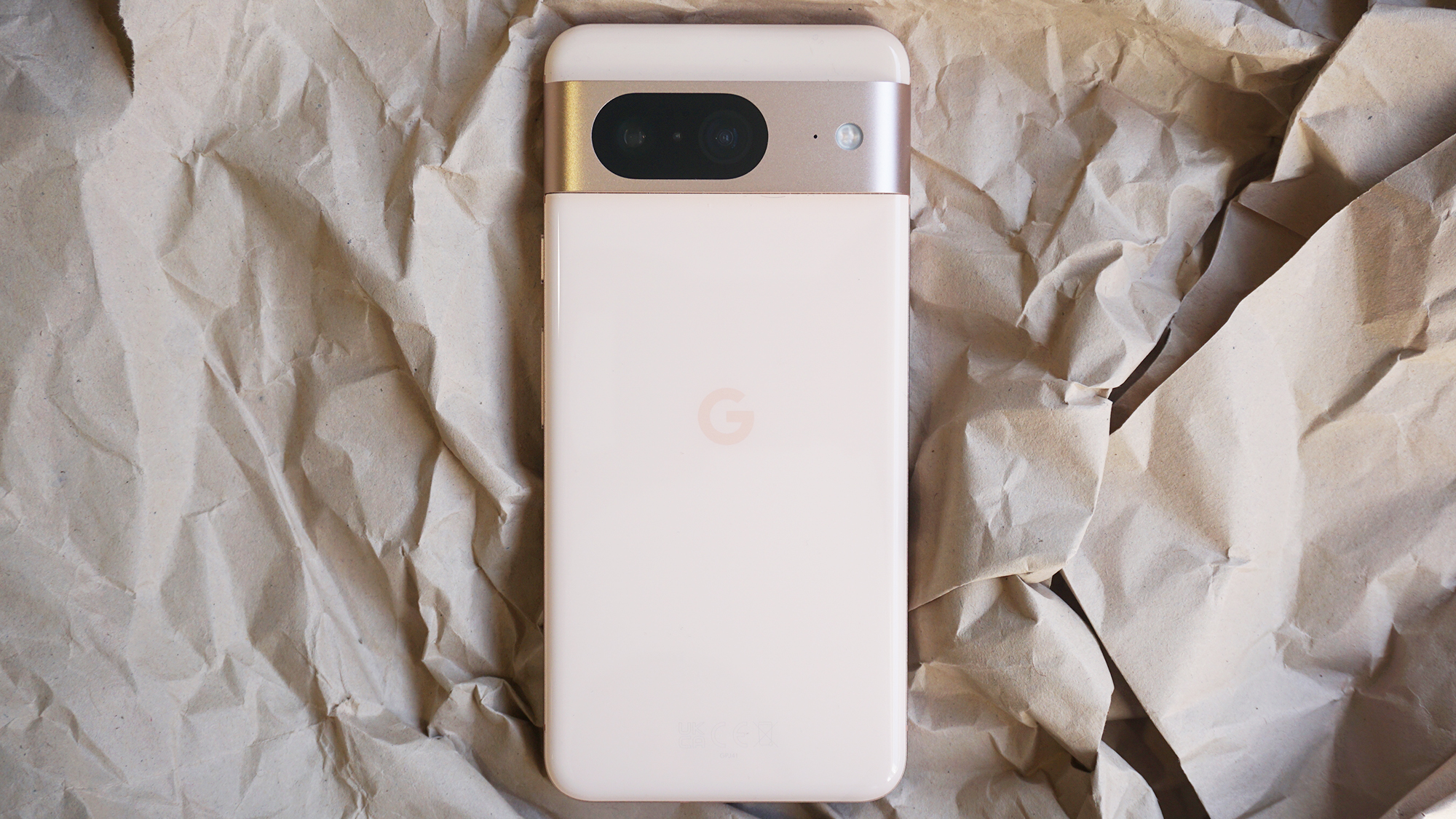
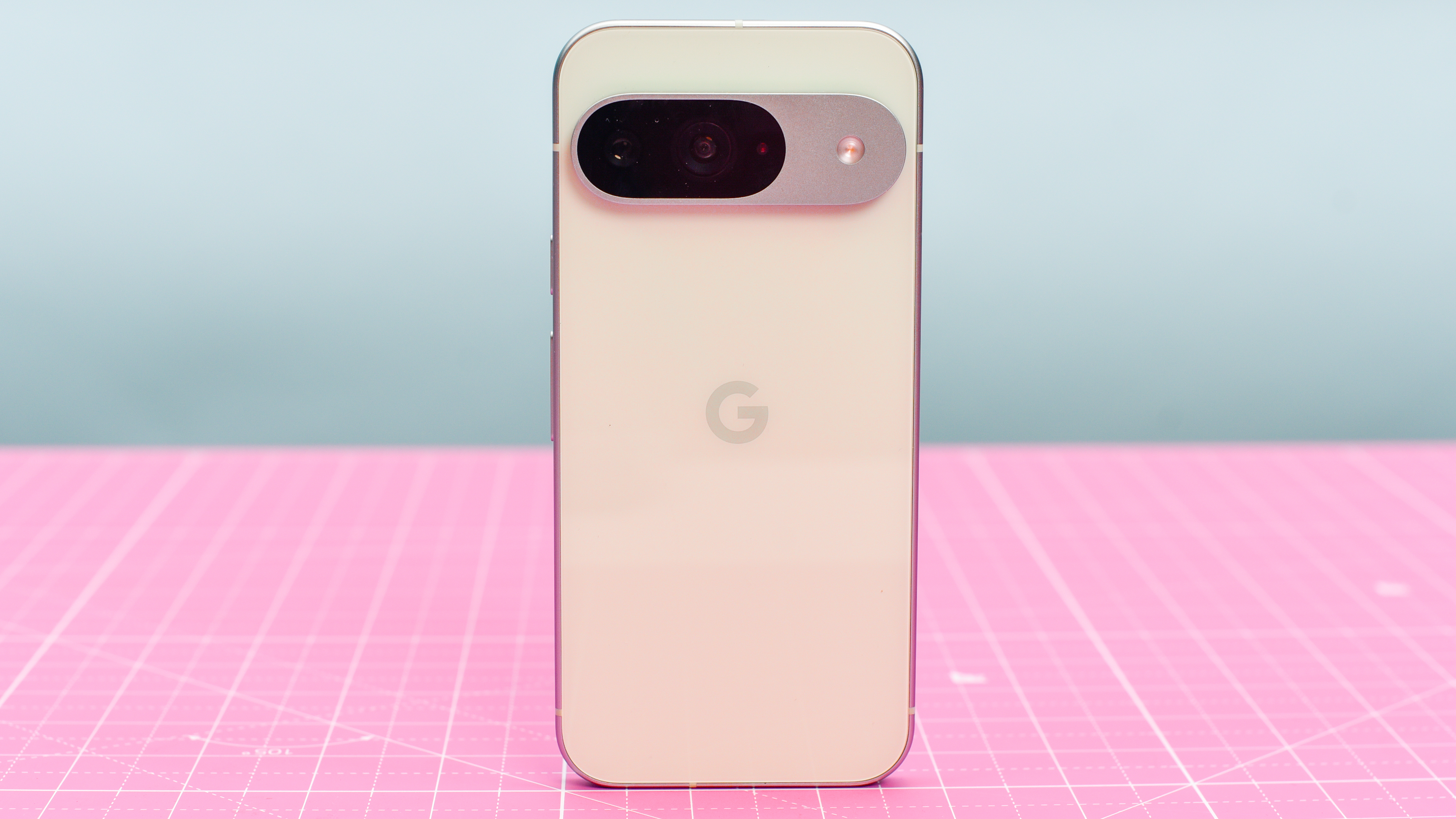
After several years of refining its rounded Pixel design, complete with a signature width-spanning camera visor, Google has totally rebooted things for the Pixel 9.
It’s a much flatter, sharper, and more industrial-looking phone than the curvy Pixel 8. Meanwhile, the camera visor no longer tapers away into the frame like on the Pixel 8. Here it stands alone with a defined frame, although it’s still unusually wide.
Our reviewer was bowled over by this new design, which looks way sharper than any Pixel before it. Google also claims that it’s twice as durable as its predecessor, and part of that is due to the use of Gorilla Glass Victus 2 on the front and back rather than the Pixel 8’s Gorilla Glass Victus.
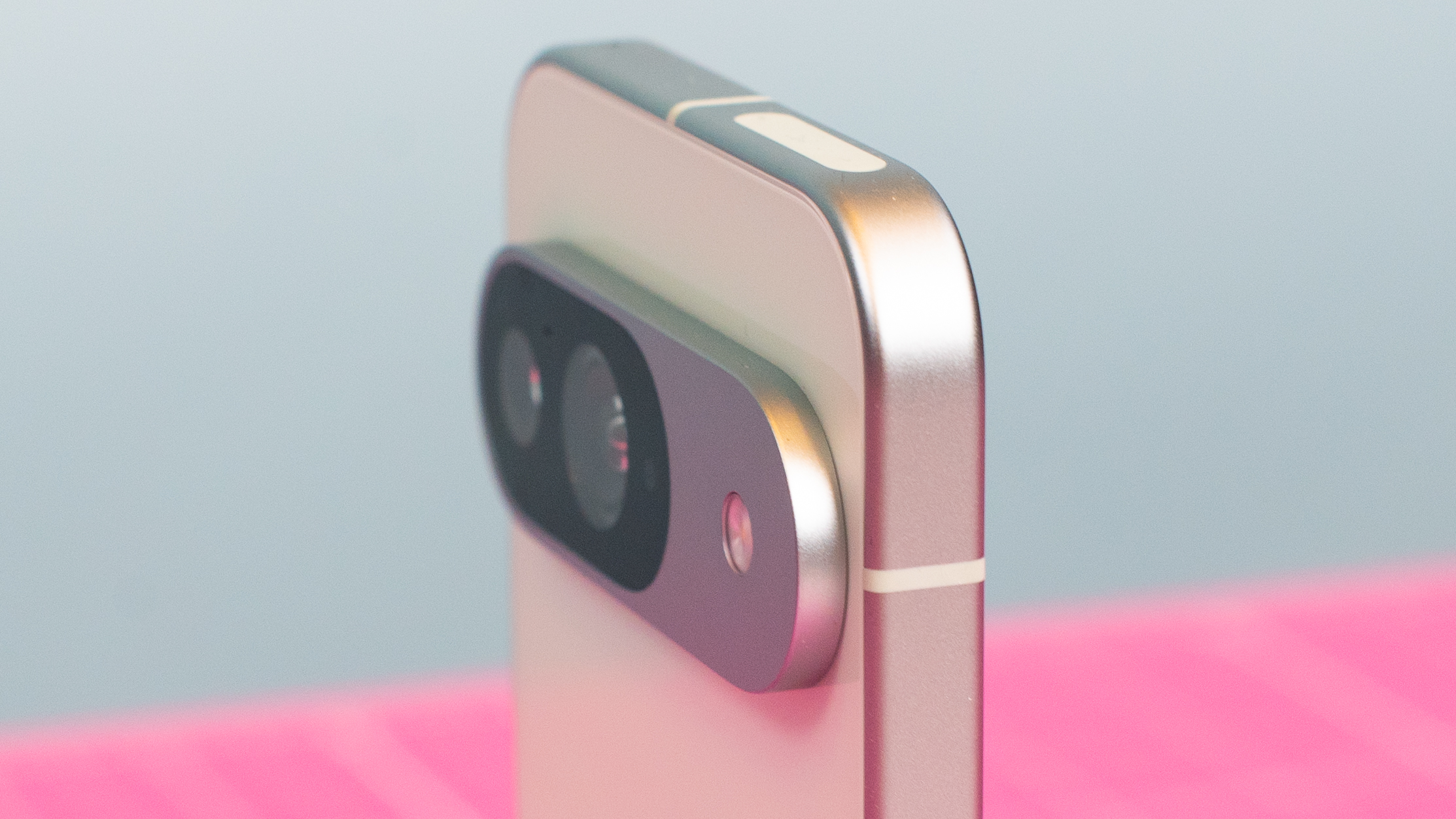
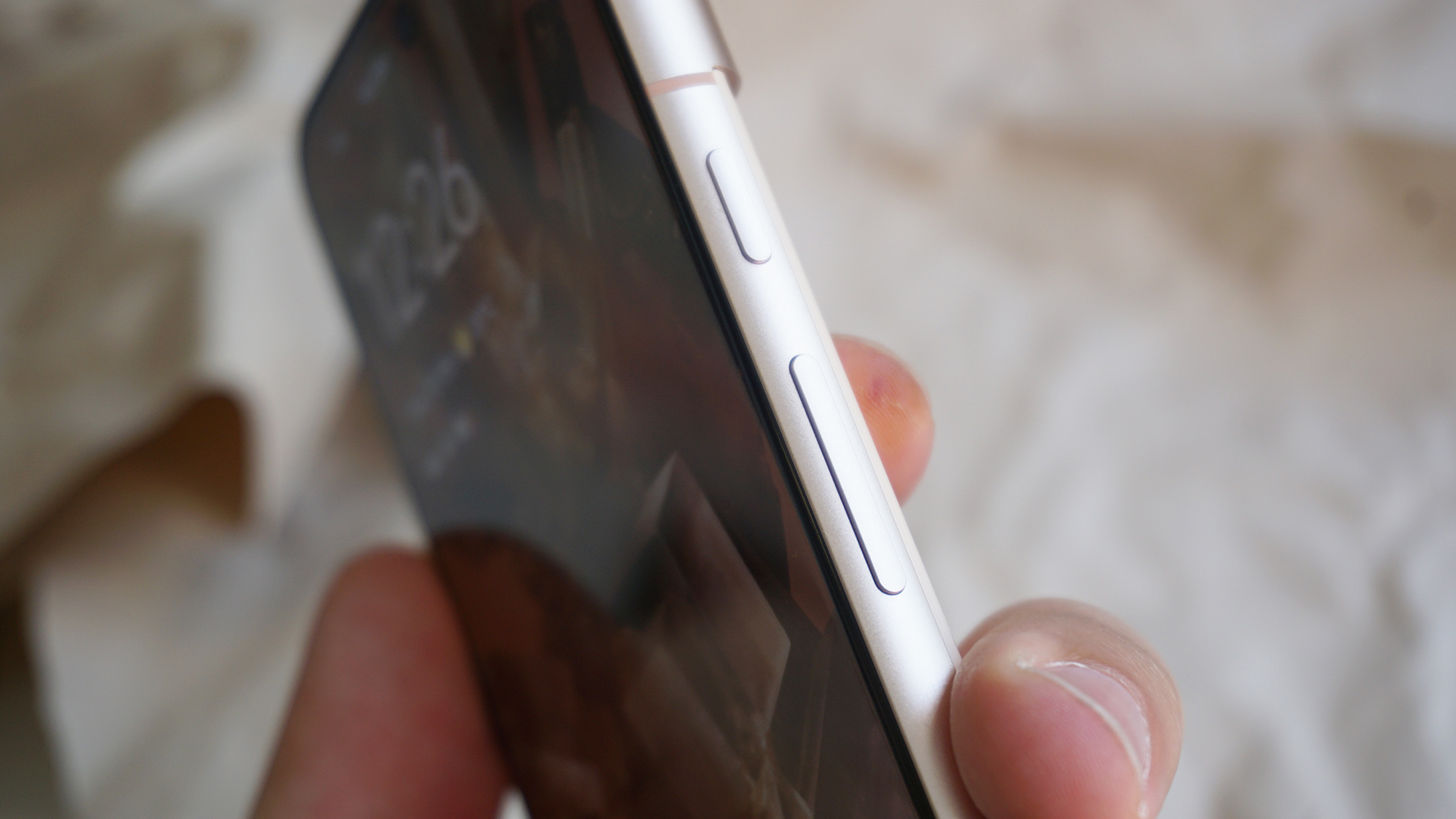
We’re also big fans of the Pixel 9’s bold new Wintergreen and Peony colors, which offer a bit more punch than the Pixel 8’s Mint and Rose.
At 152.8 x 72 x 8.5mm, the Pixel 9 is a couple of millimeters taller and wider than last year’s model, but also 0.4mm thinner. It’s also 11g heavier at 198g, underlining the fact that this is an all-round better-built and more substantial piece of kit.
Google Pixel 9 vs Google Pixel 8: display

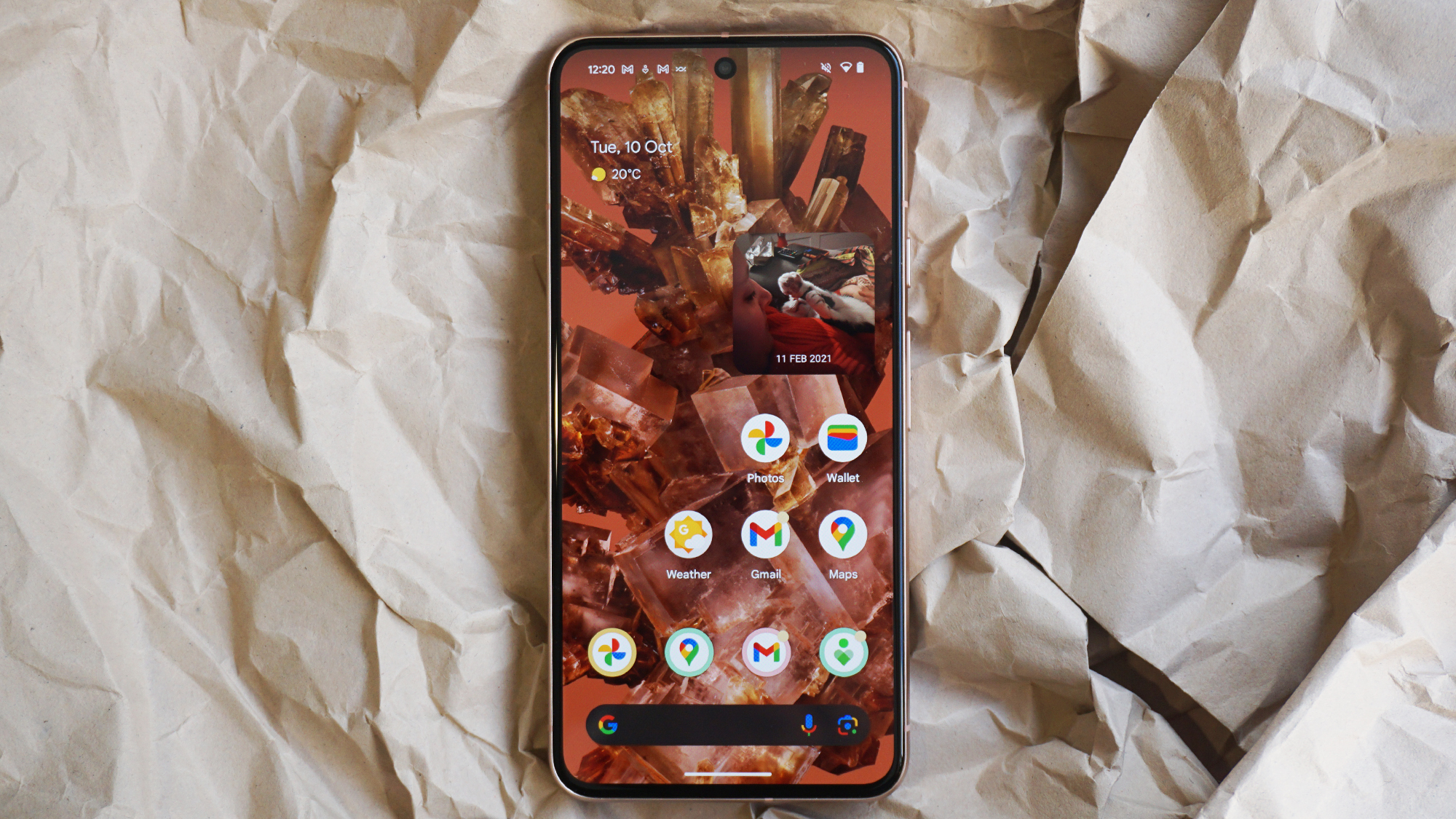
After successive years of shrinking the size of its Pixel display, Google has reversed course with the Pixel 9. It features a 6.3-inch screen, which is slightly larger than the 6.2-inch Pixel 8 display.
There really isn’t a great deal in it in practical terms, and both are punchy OLED panels with similar resolutions (1080 x 2424 for the Pixel 9, 1080 x 2400 for the Pixel 8) and identical 120Hz refresh rates.
We’d still call the Pixel 9 screen the better of two, however, if only because it gets much brighter. The newer phone hits a 2,700-nit peak brightness in HDR scenarios and 1,800 nits in high brightness mode (HBM). By contrast, the Pixel 8 hits 2,000 nits at its peak and 1,400 nits in HBM.
Google has bragged about the Pixel 9 screen being the best in its class, and we’re inclined to agree. It’s an absolute treat to behold, even on sunny days.
Google Pixel 9 vs Google Pixel 8: cameras

Both of these phones feature dual camera set-ups, with a dedicated telephoto camera being one of the main reasons to upgrade to the Google Pixel 9 Pro, if you’re so inclined.
The Pixel 9 and the Pixel 8 are great at taking photos, and both phones use the same main 50MP 1/1.31" image sensor with an f/1.7 aperture. If that sounds like a bit of a downer on the Pixel 9’s part, then also consider that the Pixel 9 Pro and Pro XL use this component, too, so it’s obviously far from being a dud.
Google has also given its latest phone something of a Pro flavor in the ultra-wide department, dropping the Pixel 8’s 12MP 1/2.9“ sensor for a larger and sharper 48MP 1/2.55” alternative.
Both phones pack 10.5MP 1/3.1" selfie cameras, but only the Pixel 9 also gives you autofocus. That’s a welcome addition that only tends to make its way into flagships – though at the new price, you could argue that the Pixel 9 is now moving in such elevated circles.

Image quality is very good across the board with both phones, though the Pixel 9 has the edge. As well as those hardware adjustments, Google’s new Tensor G4 supplies superior image processing.
Crucially, both phones have access to Google’s suite of AI tricks, with Magic Editor letting you radically adjust the composition of a shot, change the sky, erase background elements, and more. In the Pixel 9, Google has added Reimagine, which uses AI to let you fundamentally transform an image using natural language commands. The results are hit and miss, but when they hit, you’ll wonder what the word ‘photograph’ even means anymore.
The Pixel 9 misses out on a bunch of advanced features from the Pixel 9 Pro, which means photography nuts should probably consider upgrading. But in this particular generational face-off, it’s the better shooter.
Google Pixel 9 vs Google Pixel 8: performance and software

Google has upgraded its hardware from the Tensor G3 of the Pixel 8 to the Tensor G4 of the Pixel 9. It’s considerably slower than the chips used in the Samsung Galaxy S24 and the iPhone 15, but of course those aren’t the comparisons we’re here for.
Across the usual benchmark tests, the Pixel 9 shows a modest but clear bump up in CPU and GPU performance. It’ll run apps and games better, especially with a generous 12GB of RAM (up from 8GB in the Pixel 8). That’s all well and good, but the point remains that neither of these phones is a particularly strong performer, and we worry about their ability to cope towards the end of Google’s promised seven-year software update cycle.
Even with the Pixel 9, our reviewer found it to feel somewhat sluggish in certain everyday situations, such as when multitasking. As Google layers more and more AI features on top, you have to worry about the impact on performance over the coming years.

Here’s hoping that Google does what Google does best, and sorts both of these phones out with software. Talking of which, it will surprise no-one to learn that using the Pixel 9’s UI feels very much like using the Pixel 8’s UI. Both run on Android 14, with Android 15 having missed the Pixel 9’s early launch date.
Google’s interface is one of the cleanest and most stylish around, with little of the bloat and clutter found with phone UIs from Samsung, Xiaomi, Oppo and co.
Matters such as UI design and pre-installed applications take a backseat in the age of AI, though. Both these phones are saturated with AI features, from Circle to Search to real-time translations. The Pixel 9 adds a bunch more AI stuff, though some of it (such as the new Gemini Live conversation tool) requires a subscription to access, which is a bummer.

More generally, Google has made its Gemini AI the default assistant on the Pixel 9, whereas it was Google Assistant on the Pixel 8 with the subsequent choice of adopting Gemini.
The new Screenshots app is potentially pretty useful, as it collates all your screenshots (though not all your old ones, sadly) and summarizes the information stashed within. Pixel Studio is less useful, but still pretty cool, allowing you to create custom artwork based on natural language requests.
Google Pixel 9 vs Google Pixel 8: battery life

With the Pixel 9 having a (slightly) bigger body and a brighter display, you’d hope that Google would fit it with a bigger battery to match. That’s indeed the case, with a 4,700mAh cell topping the Pixel 8’s 4,575mAh unit.
We didn’t have any issue making either of these phones last a full day of moderate to heavy usage. They’re both decent performers within their weight class.
We’re less enthralled with the charging provisions, which top out at 27W in both cases, provided you supply your own suitable charger. That equates to roughly half a tankful, from empty, in 30 minutes of charging. You can get way faster for the money, or even significantly less.
You can charge wirelessly with both phones, too, though you’ll want to invest in the custom Pixel Stand to optimize those speeds.
Google Pixel 9 vs Google Pixel 8: verdict

We rated both of these phones the same in our reviews, but that doesn’t tell the whole story. Google has made a flat-out better phone in the Pixel 9 – it’s better built, has a bigger and brighter screen, performs (slightly) faster, and takes better photos in pretty much all situations.
But aside from that design overhaul, the differences aren’t what you’d call night and day. When you add in the fact that Google has bumped up its launch pricing by $100 / £100, it makes choosing between these two fine phones an interesting conundrum.
Have you got $799 / £799 / AU$1,349 to spare, and want the very best phone you can get for that money? The Pixel 9 is right up there with the iPhone 15 and the Samsung Galaxy S24, and it quite clearly tops the Pixel 8.
But if you want a broadly equivalent experience for significantly less money, the Pixel 8 still has plenty to say for itself.
You might also like
Get daily insight, inspiration and deals in your inbox
Sign up for breaking news, reviews, opinion, top tech deals, and more.